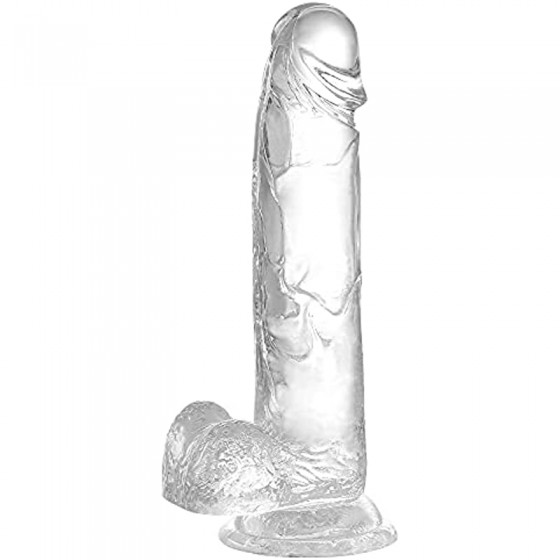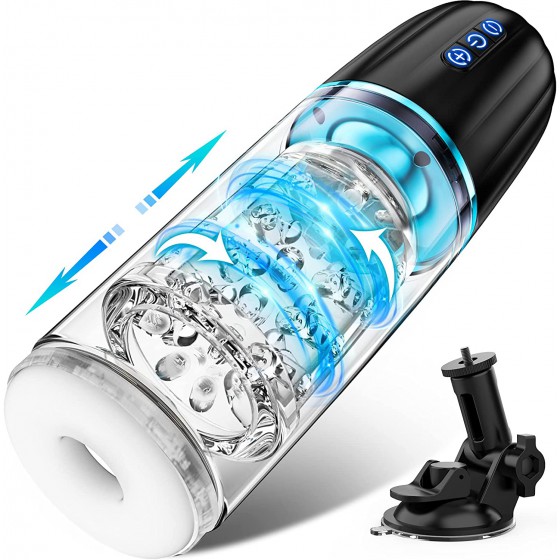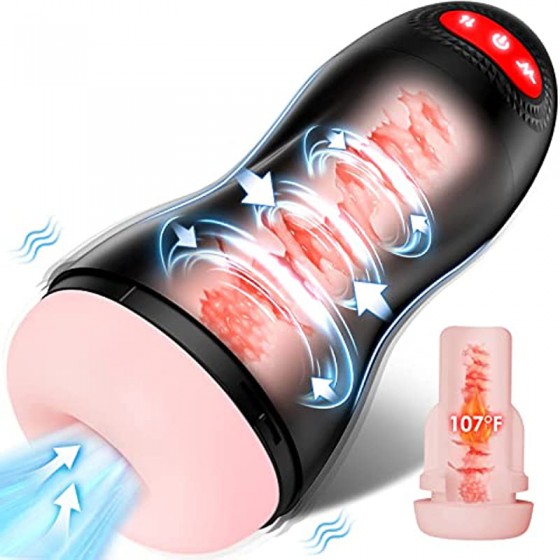What constitutes high-risk sexual behavior? Turns out we all inadvertently engaged in high-risk sexual behavior
AIDS is an immunodeficiency disease, and its cause is related to high-risk sexual behavior. High-risk sexual behavior refers to sex without any protective measures, including multiple sexual partners and unprotected sexual intercourse, which often occurs during the sexually active period. of young people, so high-risk sexual behaviors must be avoided.
What constitutes high-risk sexual behavior?
1. Sexual intercourse without any protection
The protection measures mentioned here refer to wearing condoms throughout the entire sexual process. Sex without condoms will cause the exchange of body fluids between men and women, which is very risky. The risks of sexual intercourse, in ascending order, are: oral sex, wearing a condom during the entire sex, wearing a condom after half the sex, and not wearing a condom.
2. Multiple sexual partners
Having sex with multiple sexual partners, regardless of whether condoms are worn throughout the process, will increase the risk of infection. The risk of HIV infection is up to ten times higher than that of people with regular sexual partners.
3. Having sex with a one-night stand without a condom
Many young men and women have sex with unfamiliar sexual partners in order to seek stimulation, such as vaginal sex between a man and a woman, anal sex between two men, especially anal sex between two men without condoms, which carries the risk of infection. Highest.
How long does it take to rule out sexually transmitted diseases after having high-risk sexual behavior?
1. AIDS can be ruled out in three months
It takes 0.5 to 20 years after infection with HIV, with an average of 7 to 10 years before AIDS develops. The number, type and route of infection, immunity, nutritional status and living habits determine the incubation period of HIV. Three months after having high-risk sexual behavior, you can go to the hospital for a venous blood test to see if you carry HIV antibodies.
2. Gonorrhea can be ruled out after one week
Symptoms usually appear 72 hours after infection with Neisseria gonorrhoeae. However, the resistance of each person is very different, the reproduction speed of gonococcus is different, and its incubation period is different. After sexual intercourse, you can do a smear test on urethral secretions or cervical secretions. If the positive rate reaches 90%, you can make a preliminary diagnosis of gonorrhea.
3. Eliminate genital herpes in 2 to 14 days
Genital herpes has an incubation period of 2 to 14 days. There will be scattered small blisters around the external genitalia and anus. After rupture, ulcers or erosions may occur with obvious pain. The inguinal lymph nodes will be swollen and tender, and may also cause swelling and tenderness. It is accompanied by general weakness, headache, and fever. This situation can be diagnosed based on the medical history and the patient's symptoms. If necessary, cytological examination, viral culture and nucleic acid testing should be used to rule out the possibility of genital herpes.
4. Syphilis can be ruled out after 90 days
The incubation period of syphilis is 9 to 90 days, and symptoms usually appear 2 to 4 weeks after syphilis infection. Four weeks after infection with syphilis, syphilis serum reaction and dark field microscopy can be used to rule out syphilis.
Condyloma acuminata can be ruled out after 5 or 8 months
The main symptom of genital warts is papillary or cauliflower-shaped light red growths around the genitals. The surface is moist and bleeding, and often emits a foul odor.
Warm reminder
When high-risk sexual behavior occurs, the vulva needs to be cleaned immediately. If there is any damage to the vulva, the local area needs to be disinfected. Taking blocking drugs in time can effectively prevent AIDS. After taking the medicine for a period of time, try to go to the hospital for an HIV antibody test. If you are unfortunate enough to have AIDS, you need to be actively treated.



















